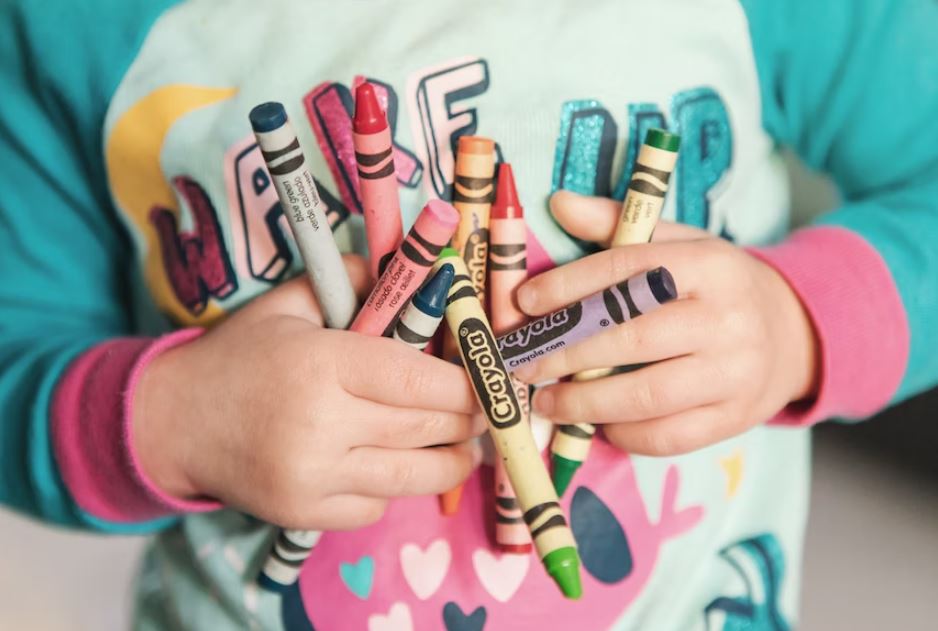Taking a first step, waving, and murmuring the first words are a few developmental milestones a toddler experiences growing up. During this stage, toddlers become more active while grasping the physical world. The desire to explore new things and people also increases. At this stage, toddlers exhibit greater independence and may even show misbehavior. Dealing with such a state can be a challenging part for parents. However, a few tricks can help lessen the heavy task.

1. Establish child safety protocols.
As toddlers begin to move around, it is with no doubt that safety should be the parent’s top priority. One of the essential things to remember is never to leave your toddlers unattended, especially in places where danger is at a higher point. Areas with water, such as pools, bathtubs, and lakes, must be under higher supervision. Block off the stairs with a small gate or fence. Lock doors in hazardous areas such as garages and basements. One good hack is to make a child-friendly cabinet using hair ties to stop the corners from causing physical harm to your lovable young one. Also, make your home child-friendly by covering all unused outlets with outlets.
2. Establish routines.
Toddlers’ desire to explore new things gradually increases. This also means that toddlers should grow with structure and coherence to eliminate the overwhelming process of different changes which turns into a mishap in behavior. Establishing daily routines such as meals, naps, play, and bedtimes can help your child feel confident and aware of what happens throughout the day.
There’s no guarantee that everything will always go perfectly according to plan, but setting a daily schedule for your toddler will give them a sense of security and help them manage their emotions (and breakdowns). For example, if your toddler knows that they expect healthy snacks at certain times of the day, they may develop the patience to wait until snack time instead of being picky as soon as they are hungry. One hack is using a song that becomes their favorite to create a different schedule. While the music is playing, keep a routine that will establish a memory muscle.

3. Use positive reinforcement.
Toddlers begin to grasp concrete and abstract concepts as they continue to learn different things. Raising one’s voice may serve as a cue for your child, a negative signal.
Eventually, children begin to dislike voices signaling authority of higher pitches. As this technique may seem the easiest to establish power, child experts believe the other way around. Instead of using negative reinforcements such as getting the toy for misbehavior, looking the other way around is more effective. Instead of focusing on negative behaviors, try to focus on positive reinforcement. Praise and reward your toddler when they behave well or complete a task. This helps promote positive habits and discourage negative patterns.

4. Use visual signals.
Encourage a toddler’s higher level of curiosity and ability to recognize objects using visual signals. Young children may need help understanding or remembering verbal instructions. Use visual cues to help them understand expectations. For example, you can create a table with pictures showing your morning routine (brushing your teeth, getting dressed, etc.) or use photo labels to organize your toys and belongings. Another trick is to have them find things for you and name body parts and objects. You can also play matching games like shape sorting and different simple puzzles.

5. Create diversions and distractions.
Toddlers often have short attention spans and can quickly switch from one activity to another. If your toddler behaves undesirably, turn your attention away and focus on something else. For example, if your child is about to throw a tantrum in the store, distract them with a toy or involve them in a conversation about something they find interesting. One quick way to keep your toddler busy is to use tape to stage a map out of a road. Then have them line up their favorite toys on it — animals, cars, and many more.
Also, young children often have a strong desire to be independent. Whenever possible, offer options that give them a sense of control. For example, instead of asking, “What would you like to wear?” ask, “Would you like to wear a pink or a red shirt?”. This is a good distraction from the power play, allowing your toddler more confidence.
6. Keep it healthy.
Toddlers can become very picky and eat unpredictable foods. What’s worse is they even throw a lot of tempers when they do not get what they want. It’s better not to argue sometimes. A quick hack is to offer your child a selection of healthy foods and let her choose what she wants. Let her try new tastes; it may take a while, but sure she’ll find what she likes best and keep it under the healthy tab. Also, as you introduce fruits, avoid a drippy, messy watermelon by cutting them into sticks instead of slices. That sure, one will save a lot of laundry soap.

Further, give your child water and milk instead of sugary drinks. Even after one year, when a breastfeeding toddler starts eating more and a variety of solid substances, breast milk is still an ideal addition to a diet. Another essential thing to remember is the sleeping habit. Make sure your toddler gets the recommended amount of sleep each night. For infants 1-2 years, 11-14 hours per 24-hour period (including naps).
7. Be patient.
Remembering that young children are still developing language and emotional regulation skills is essential. Be patient in understanding that your child finds it difficult to communicate their needs or express their feelings. Please take a deep breath, stay calm, and model the behavior you want them to teach you.
Final Words
Remember that every child is special and unique; what works for one toddler may not work for another. Customize these lifehacks to suit your child’s individual needs and personality. And most importantly, enjoy the precious moments and milestones of this growth stage. As a parent, it’s your job to help your little toddler survive the flood of intense emotions she’s going through every day.
